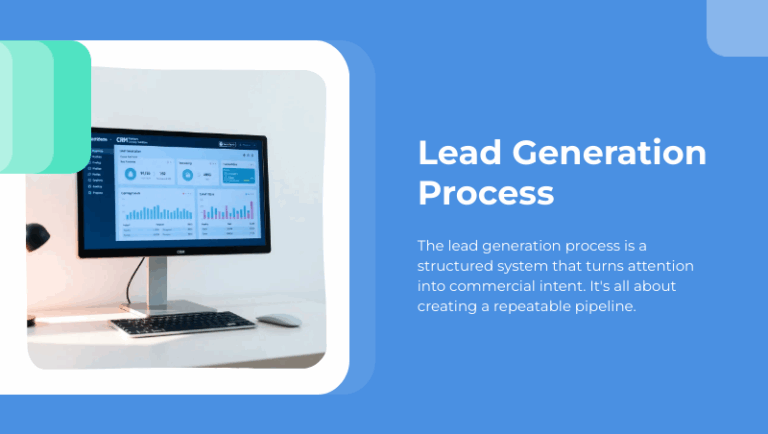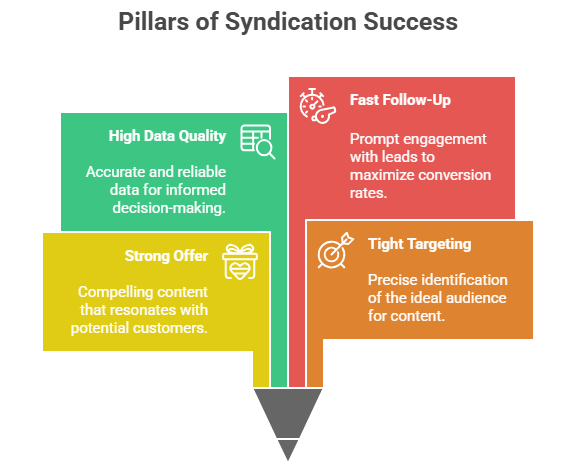Buyers today don’t wait to have content spoon fed to them. They go out and find the information they need, grazing from this website and nibbling from that review site as they form their initial impressions.
Content is a major force for shepherding prospects through the buyer’s journey and readying leads for the sales team. Think of content as the fuel that powers the marketing automation engine.
But having the right content is just a start.
It’s not just what you say, but how, when, and to whom you say it. Without automation to direct the flow of content, it becomes chaotic. That turbulence washes otherwise promising leads out of the sales funnel.
Here’s a look at four content mistakes businesses make and how marketing automation can help.
Not Enough Content
It isn’t enough to put a few words on a landing page or publish a blog post every other month or so; your content creation team has to deliver consistently. The cardinal mistake many businesses make, particularly those in B2B sectors, is in skimping on content. Your prospects are going to find information well before they make contact with your sales people; the only question is whether they’ll find it from you or a competitor. When you have a wealth of content, you send a stronger and more recognizable signal into the constant background noise that is the modern digital marketplace.
When planning for a marketing automation implementation, make sure to devote enough resources to content creation. Without that commitment to creating a critical mass of content, all of the bells and whistles of marketing automation will be for naught. But with the necessary content in place, marketing automation can move that content through your communications pipeline and grease the lead generation skids.
A marketing automation system acts as an editorial calendar, communications hub, and content production tool. Your team is able to create templates and fill in information quickly, making the trip from your content providers’ heads to your viewers’ screens with a minimum of delay. It’s easier to provide enough content with streamlined production processes in place.
Right Content, Wrong Segment
If you have more than one customer, you have customers with different needs. They can still fall into important demographic, firmographic and behavioral groupings, though. These audience sub-groups, or segments, represent people with a given data profile– people in a certain industry, for example, or those with a certain job title. Segmentation is vital to personalizing your content and giving your customers relevant information.
Let’s say you want to group your audience by buying history. Your regular customers might be keenly interested in your loyalty program and eagerly open the email about it, but one-time buyers may not know enough about you to participate. Their open rates on the same email will be minimal. It may not make sense to send content about your loyalty program to people who haven’t yet shown any inclinations to be loyal. You’ve got the right content, but you need to deliver it to the right segment; that’s where marketing automation can help.
Right Content, Wrong Time
Marketing automation excels at customer segmentation and lead scoring. With that information, your content team can then create or curate information for a highly specific audience. Take a look at our previous example, that loyalty program email. How would people who have just reached your corporate home page from a Google search for one of your primary SEO keywords react to a loyalty email? To be blunt, they don’t care – yet.
They do, however, care a lot about being wooed. They want to know details about your product line, but they want it in an easily accessible format that’s presented to them with clear, concise messages. They want to feel as though your company is invested in them and will nurture their interest. Automation enables marketers to read digital signals from prospects in order to deliver what they want at the right time. You’ve got the right content, but you need to deliver it at the right moment; that’s where marketing automation can help.
Thin Analytics
As Socrates might have said if he were an IT specialist, unexamined data is not worth collecting. If you can’t tell whether your content’s having an impact, you can’t tell where your marketing team is achieving success and where you need help. Content is notoriously difficult to assign marketing value to, but automation lets you match content with actions to form a map of how your prospects interact with what you’re serving them. You might find, for example, that regular blog readers spend 80 percent more on your products than occasional readers and 110 percent more than non-readers. That behavioral detail speaks volumes about where you should invest your content writers’ time.
© Reach Marketing LLC 2015 All Rights Reserved.




